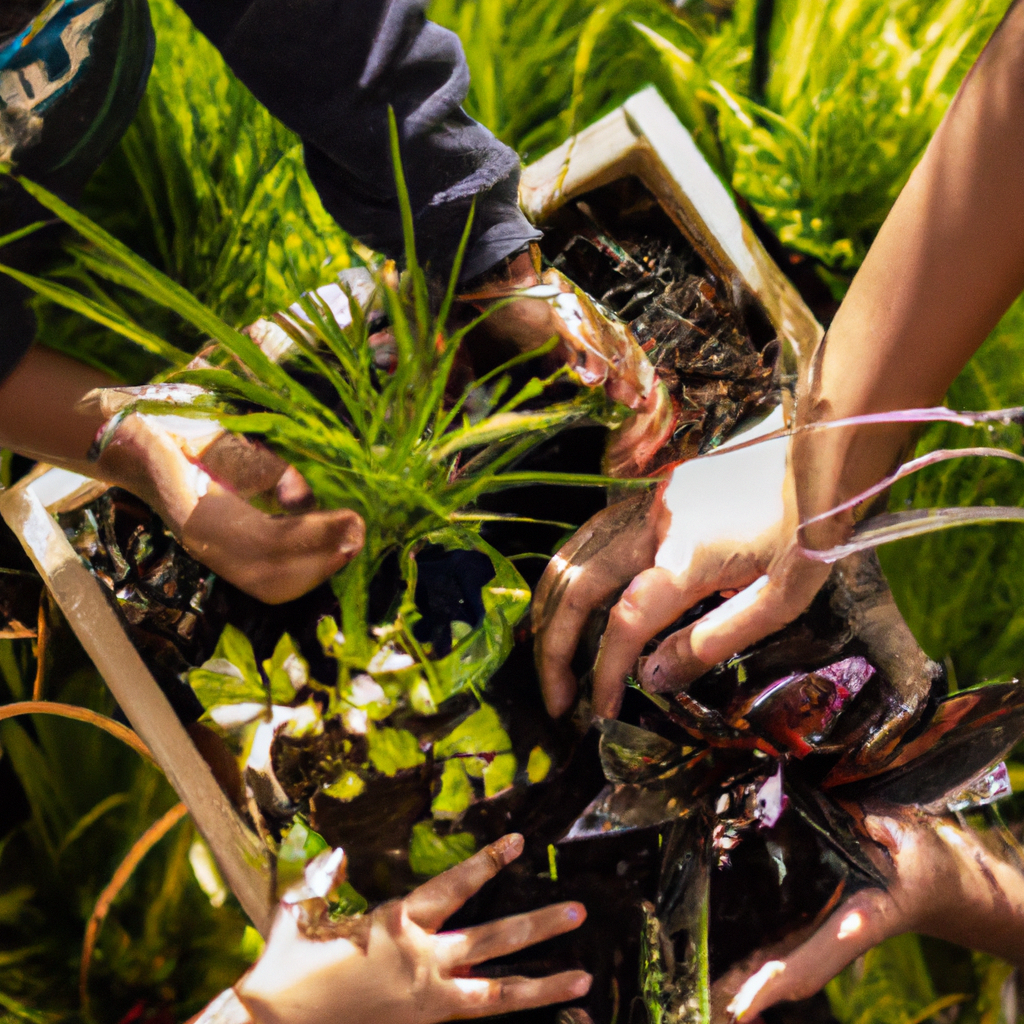
Welcome to the world of growing exotic herbs at home! If you’re a herb enthusiast looking to take your gardening skills to the next level, this comprehensive guide is just for you. In this article, we will explore the art of growing exotic herbs from seed to plate, providing you with all the information you need to succeed in this exciting endeavor. Whether you’re a beginner or an experienced gardener, we’ve got you covered. So, roll up your sleeves and let’s dive into the wonderful world of exotic herb cultivation!
Choosing the Right Exotic Herbs
Before we embark on our journey of growing exotic herbs, it’s essential to select the right herbs that suit your taste, climate, and gardening skills. Here are a few popular exotic herbs to consider:
1. Lemongrass (Cymbopogon)
Lemongrass, with its refreshing citrusy scent, is a fantastic addition to any herb garden. It is commonly used in Asian cuisines and herbal teas. Lemongrass thrives in warm climates and requires well-draining soil and plenty of sunlight.
2. Thai Basil (Ocimum basilicum var. thyrsiflora)
Known for its distinctive licorice flavor, Thai basil is a must-have herb for lovers of Thai and Vietnamese cuisine. It prefers full sun and fertile, well-draining soil. Regular pruning will promote bushier growth and enhance its flavor.
3. Kaffir Lime (Citrus hystrix)
The aromatic leaves of the Kaffir lime tree are a staple in Southeast Asian cooking. This herb requires a warm climate and well-drained soil. It is best grown in a container, making it suitable for both indoor and outdoor gardening.
Preparing the Soil and Planting
Now that you have chosen your desired exotic herbs, it’s time to prepare the soil and start planting. Here’s a step-by-step guide to help you get started:
1. Soil Preparation
Exotic herbs generally thrive in well-draining soil with a slightly acidic pH level. Begin by loosening the soil using a garden fork or tiller. Remove any weeds or debris that may hinder the growth of your herbs. Incorporate organic matter such as compost or aged manure to improve soil fertility and drainage.
2. Planting from Seeds
Most exotic herbs can be grown from seeds. Follow these steps to ensure successful germination:
- Moisten the soil before sowing the seeds to provide adequate moisture for germination.
- Sow the seeds at the recommended depth mentioned on the seed packet.
- Space the seeds according to the plant’s growth habit, ensuring they have enough room to develop.
- Gently cover the seeds with soil and lightly tamp it down.
3. Caring for Exotic Herbs
Proper care is crucial to the healthy growth of your exotic herbs. Here are some essential tips:
- Watering: Exotic herbs generally prefer consistent moisture. Avoid overwatering, as it can lead to root rot. Water the plants when the top inch of soil feels dry.
- Sunlight: Most exotic herbs thrive in full sun, requiring at least six hours of direct sunlight per day. However, ensure they are protected from intense midday heat, especially in warmer climates.
- Fertilization: Apply a balanced organic fertilizer during the growing season to provide essential nutrients. Follow the recommended dosage mentioned on the fertilizer package.
- Pruning: Regular pruning helps maintain the shape and encourages bushier growth. Pinch off the tips of the herbs to promote branching and enhance flavor.
- Pests and Diseases: Keep an eye out for common pests like aphids and mites. Use organic pest control methods or insecticidal soap to prevent infestations. Proper air circulation and avoiding overwatering can prevent fungal diseases.
Harvesting and Storage
As your exotic herbs grow, the time will come to harvest and enjoy the fruits of your labor. Here’s how to harvest and store them for optimal freshness:
1. Harvesting
Harvesting your exotic herbs at the right time ensures maximum flavor and potency. Follow these guidelines:
- Wait until the plants have reached maturity and have sufficient foliage.
- Harvest in the morning when the essential oils are at their peak.
- Use clean, sharp scissors or pruning shears to snip the leaves, stems, or flowers.
- Avoid removing more than one-third of the plant’s foliage at a time, allowing it to regenerate.
2. Storage
To preserve the flavor and aroma of your exotic herbs, proper storage is essential. Here are a few methods you can try:
- Fresh Herbs: Place freshly harvested herbs in a jar with water, similar to a bouquet. Cover the leaves loosely with a plastic bag and store them in the refrigerator for up to a week.
- Drying: Tie a bundle of herbs together with a string and hang them upside down in a cool, well-ventilated area. Once dried, store the herbs in airtight containers away from direct sunlight.
- Freezing: Chop the herbs finely and place them in ice cube trays filled with water or olive oil. Once frozen, transfer the cubes to a freezer bag for long-term storage.
Conclusion
Congratulations! You are now equipped with the knowledge and skills needed to master the art of growing exotic herbs at home. By carefully selecting the right herbs, preparing the soil, and providing proper care, you can enjoy the fresh flavors and aromas of these culinary delights straight from your garden. Remember to harvest and store your herbs correctly to savor their goodness for months to come. So, roll up your sleeves, get your gardening tools ready, and embark on this exciting journey of growing your own exotic herbs. Happy gardening!